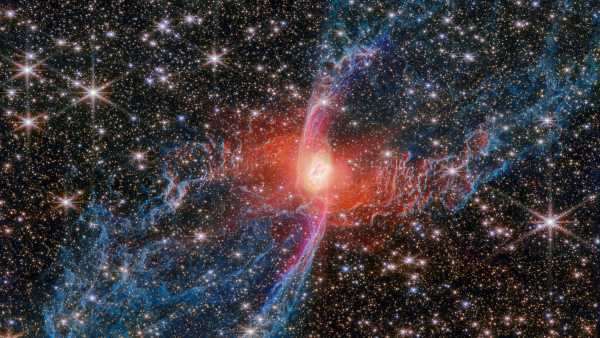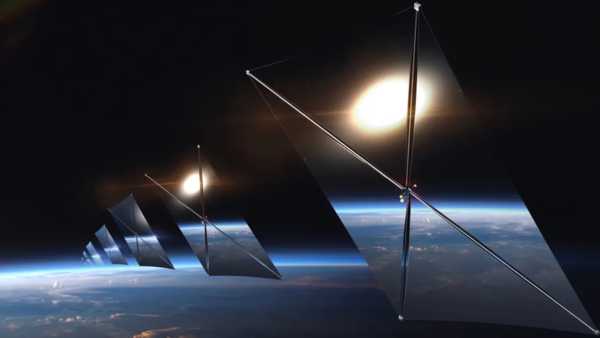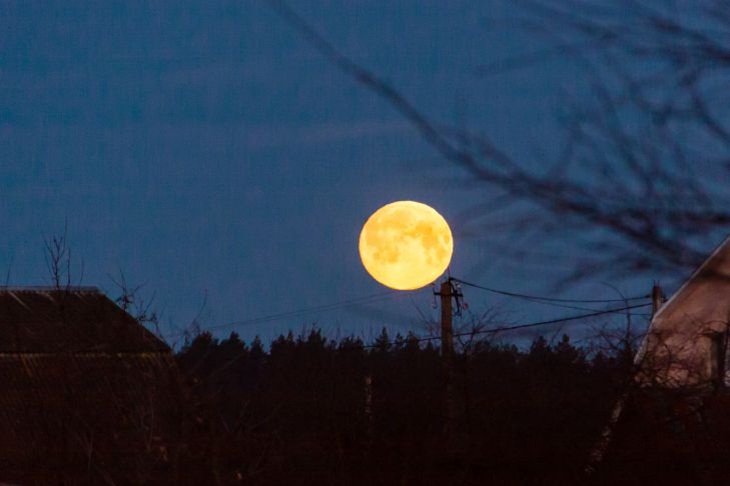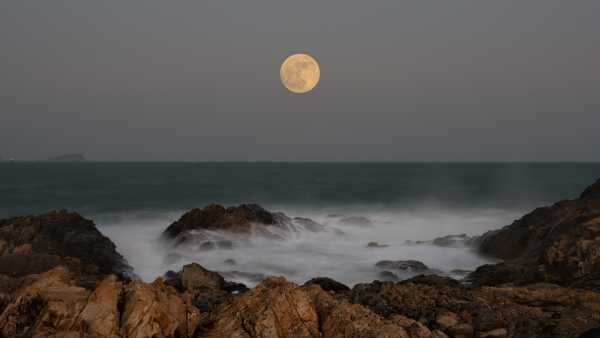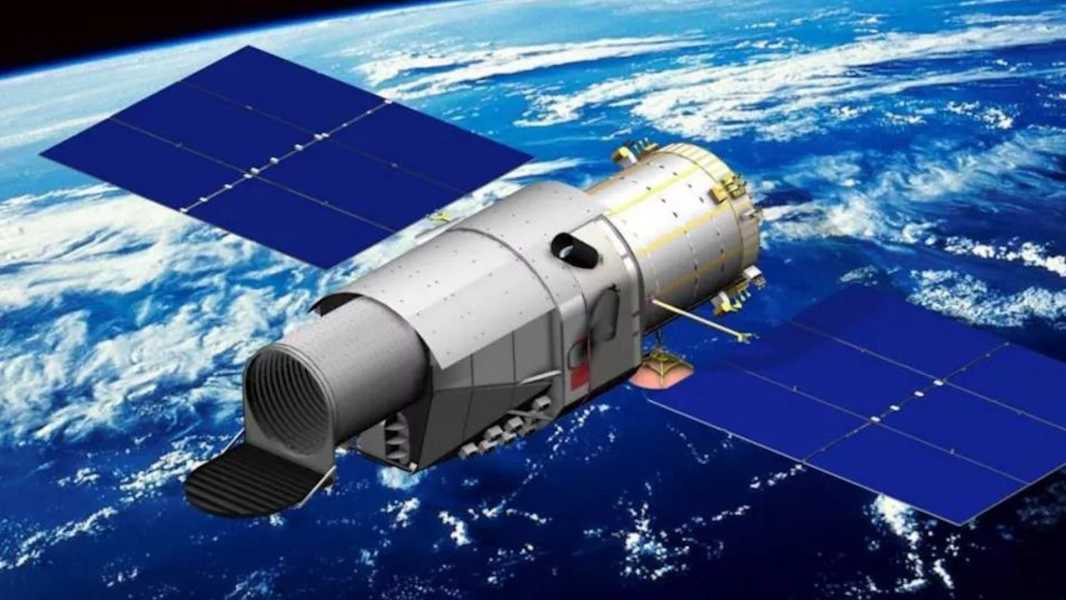
(Image credit: China National Space Administration)
The Chinese space agency is developing a new space telescope that will rival existing advanced observatories. Called the China Space Station Telescope (CSST), it will not only be comparable in power to the James Webb Telescope (JWST), but will also be fully repairable and upgradeable from space.
The CSST will be part of a new generation of game-changing telescopes. These include the European Space Agency’s Euclid Space Telescope, which will launch in July 2023; NASA’s Nancy Grace Roman Space Telescope, which is in the final stages of preparation for launch; and the Vera C. Rubin Observatory, a large ground-based facility expected to see first light this summer.
These large observatories have many observational purposes. However, one of their main goals is to explore the deep universe in an attempt to unravel a number of cosmological mysteries.
Now, another world-class cosmology observatory has joined the trio. The telescope is called Xuntian in Mandarin, which translates as “sky survey,” aptly describing its intended mission. Scientists working on the project provided new details about the mission in a paper published on the arXiv preprint database on January 25.
The telescope is scheduled to launch no earlier than 2026, and will feature a primary mirror 2 meters (6.6 feet) in diameter. Although slightly smaller than the Hubble Space Telescope’s mirror, the CSST’s advanced optics will give it a field of view at least 300 times larger than Hubble’s. Its observations will span the range of light from near ultraviolet to near infrared.
In search of cosmic mysteries
Using these capabilities, CSST will conduct a range of critical tests and measurements.
One of its main tasks will be to study what is known as weak gravitational lensing. Light from distant galaxies is slightly bent on its way to us because of small distortions in space from all the intervening galaxies. By mapping hundreds of thousands of galaxies and studying the subtle distortions in their shapes, astronomers hope to create detailed maps of the distribution of matter in the universe. These maps could give scientists clues about the mysterious nature of dark matter, which makes up the bulk of the matter in the universe but does not interact with light and therefore cannot be seen directly.
On a larger scale, CSST will investigate the statistics of voids and clusters. Voids are the vast empty spaces between galaxies, while clusters are dense groups of galaxies. The characteristics of both voids and clusters—their sizes, the distances between them, and so on—depend on the nature of dark energy, the mysterious substance that appears to be accelerating the expansion of the universe.
In addition, the CSST will search for supernovae and measure so-called baryon acoustic oscillations. Supernovae provide a fixed measure of distant galaxies, while baryon acoustic oscillations are remnants from when the universe was still plasma, billions of years ago. Both are vital tools for understanding the evolution of the cosmos.
CSST will complement other world-class instruments, providing access to different regions of the Universe and different distances. The hope is that all four world-class telescopes will coordinate their efforts.
But there is another important aspect to the CSST. It is no coincidence that its name includes the word “station”: after launch, it will share orbit with China’s Tiangong space station. Although they will not always be next to each other, their orbits will periodically come closer together.
This arrangement allows the Chinese space agency to easily service the telescope, replace instrument modules and even carry out upgrades – capabilities that other space bodies will not have.
Sourse: www.livescience.com


